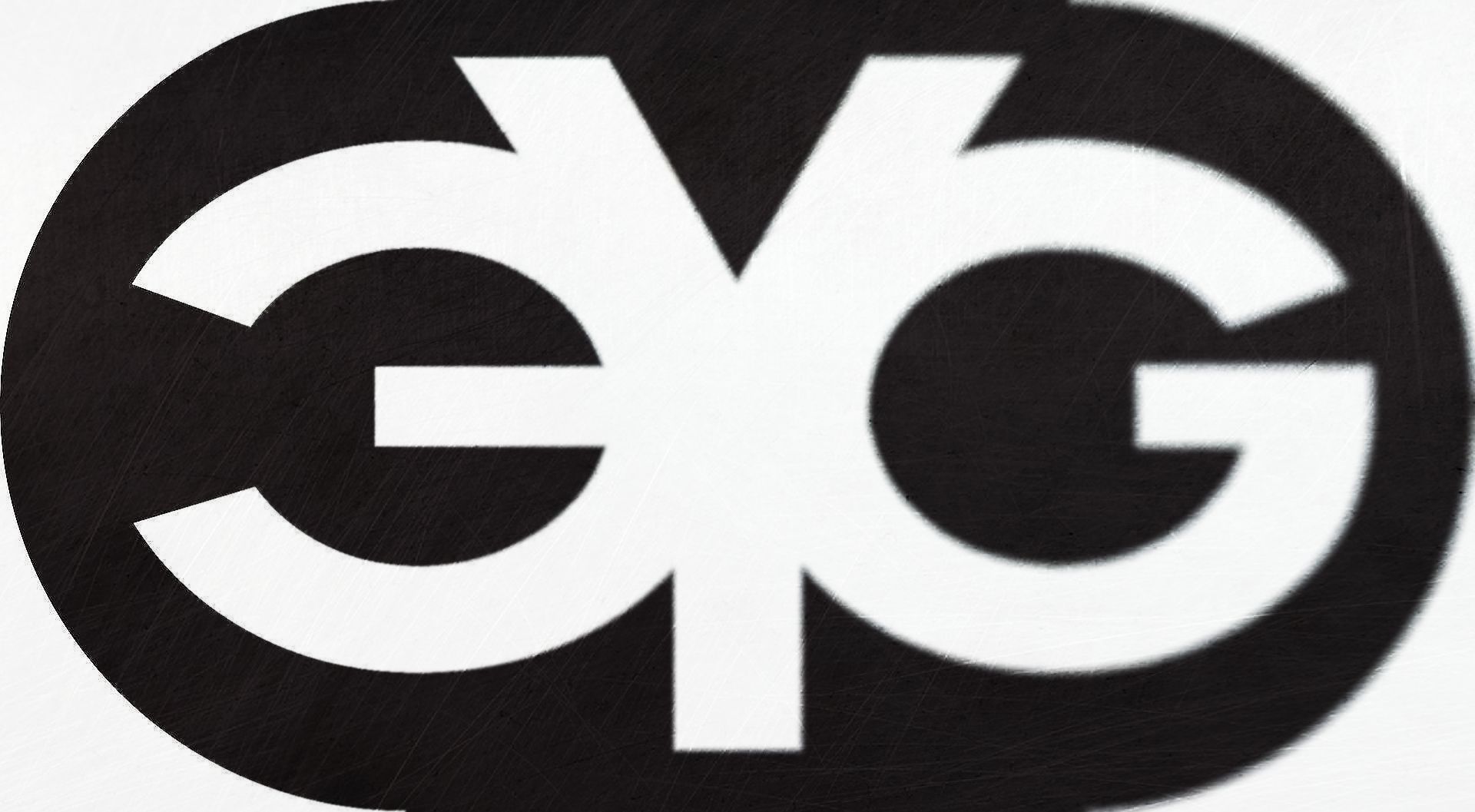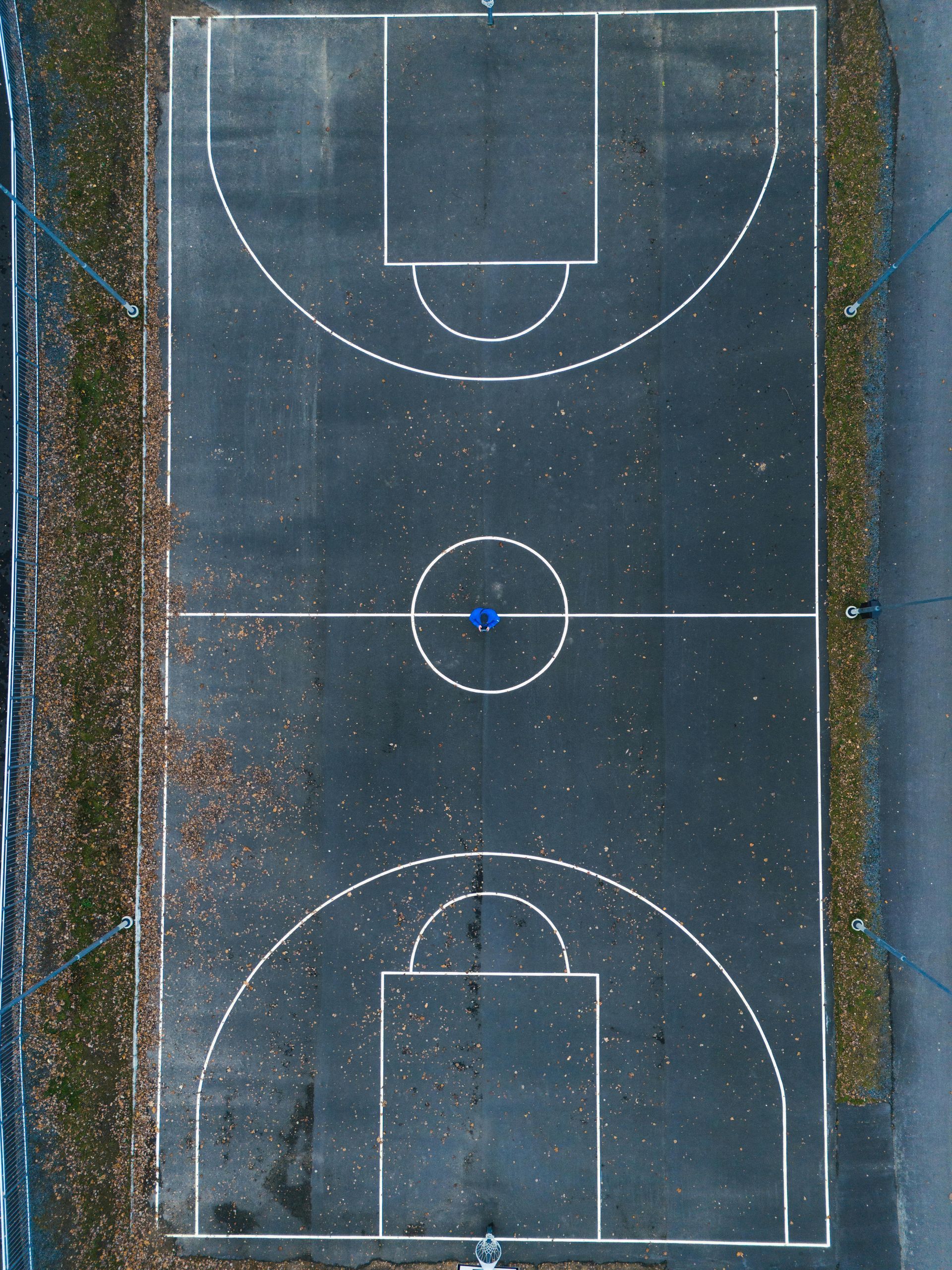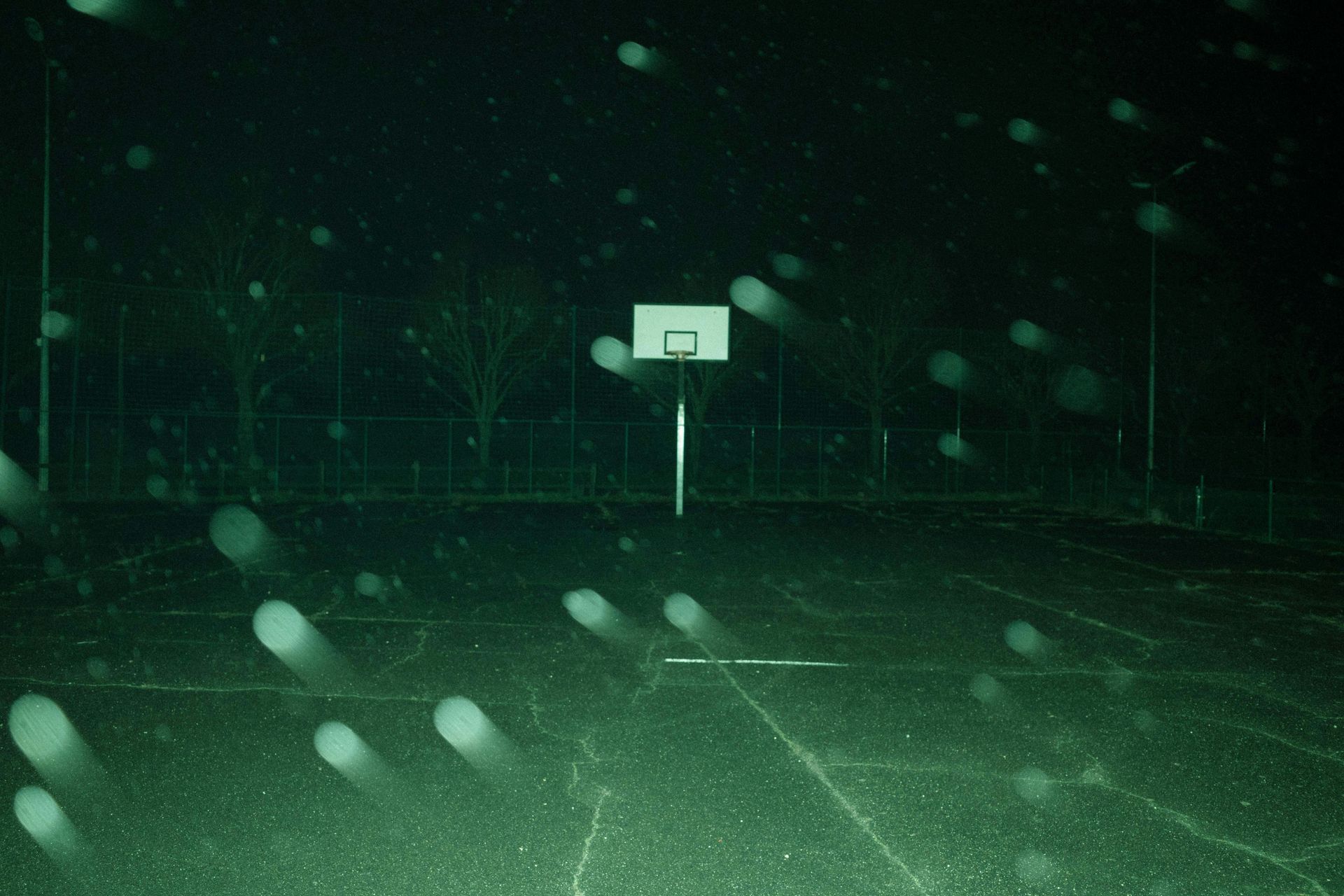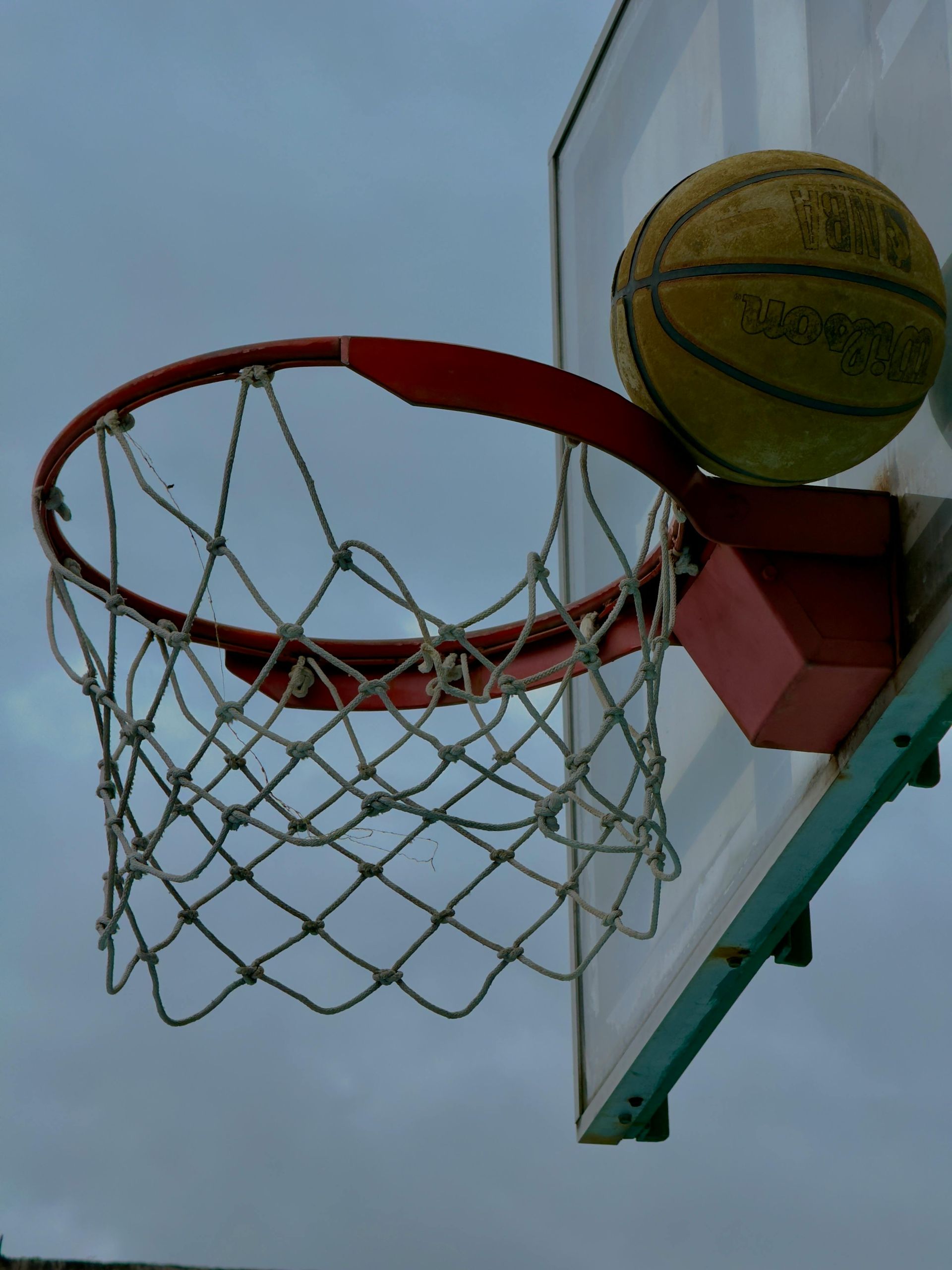Galen Harkness • July 27, 2023
Rising Above Adversity: How to Handle Challenges and Overcome Adversity in Basketball
In the game of basketball, challenges, and adversity are inevitable.
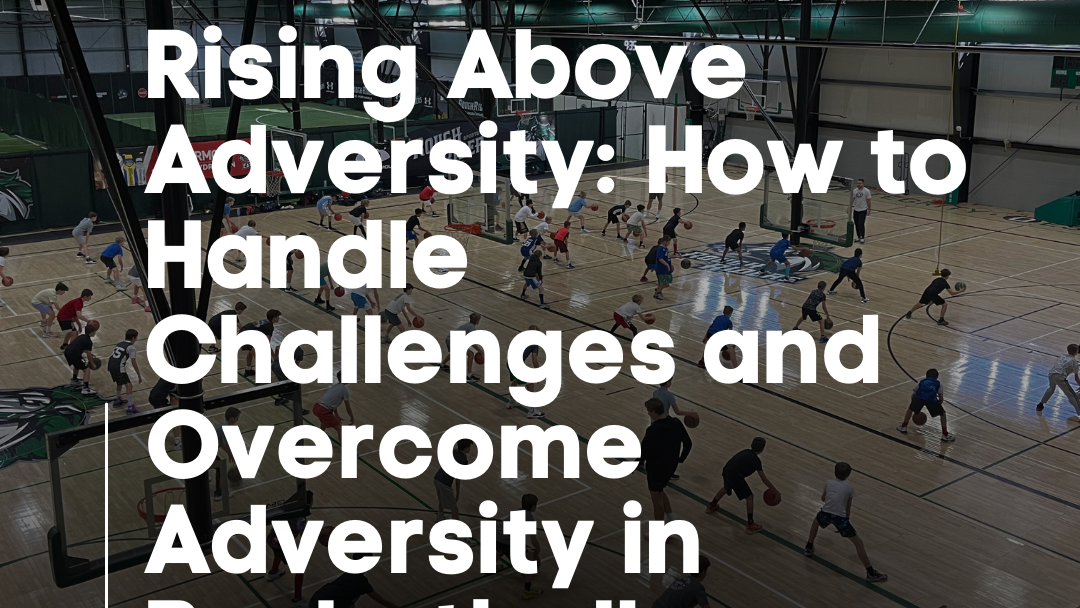
In the game of basketball, challenges and adversity are inevitable. How players handle these difficult situations can define their journey and ultimate success on the court. Embracing challenges and overcoming adversity are essential skills for hard-working basketball players aiming to accomplish big things in their basketball careers. In this paragraph, we will explore key steps to effectively handle challenges and rise above adversity on the basketball court.
Develop Resilience:
Resilience is the backbone of overcoming adversity. Hard-working basketball players must cultivate mental toughness and a growth mindset to bounce back from setbacks and failures. Embrace challenges as opportunities for growth and learning, allowing you to come back stronger and more determined.
Stay Focused on Goals:
Amidst challenges, staying focused on your goals is crucial. Define your long-term and short-term objectives, and keep them at the forefront of your mind during tough times. Maintaining this focus will drive you to push through adversity and keep working toward success.
Seek Support and Guidance:
Facing challenges alone can be overwhelming. Seek support from coaches, teammates, or mentors who can offer guidance and encouragement. Surrounding yourself with a supportive network can provide valuable insights and lift your spirits during difficult moments.
Learn from Adversity:
Every challenge presents an opportunity to learn and improve. Analyze the adversities you encounter, identify areas for growth, and make necessary adjustments to your game and approach. Embrace these learning experiences as stepping stones towards becoming a better basketball player.
Stay Positive and Believe in Yourself:
Maintaining a positive attitude is vital when dealing with adversity. Believe in your abilities, focus on what you can control, and trust your hard work. A positive outlook will give you the confidence to overcome challenges and achieve greatness on the basketball court.
Conclusion:
Handling challenges and overcoming adversity is a defining aspect of a hard-working basketball player's journey. By developing resilience, staying focused on goals, seeking support, learning from adversity, and maintaining a positive mindset, players can rise above difficult situations and achieve big things in their basketball careers. Remember, challenges are opportunities in disguise, and embracing them will lead to growth and success. Keep pushing forward, and watch yourself rise to new heights in the game of basketball.
